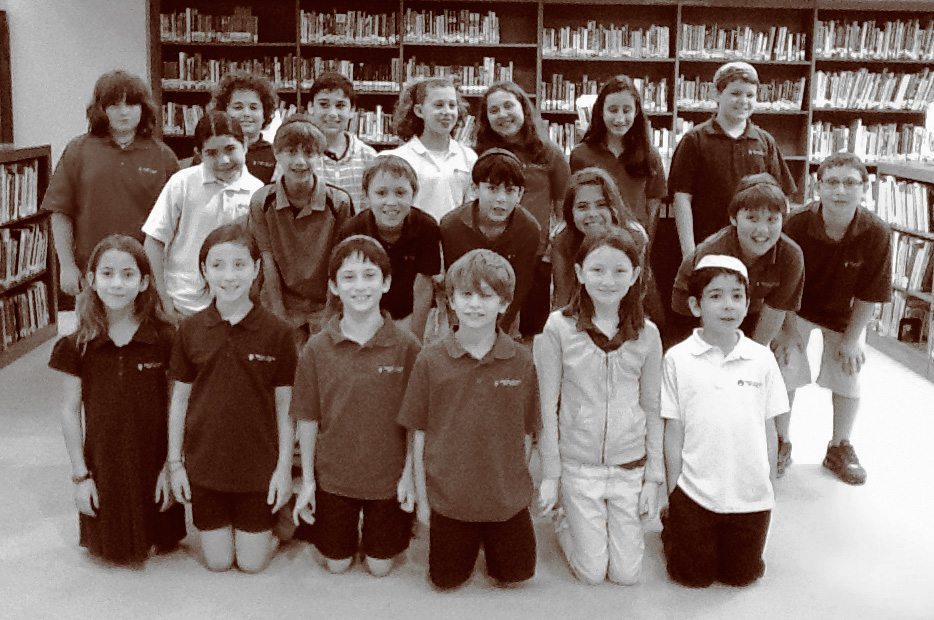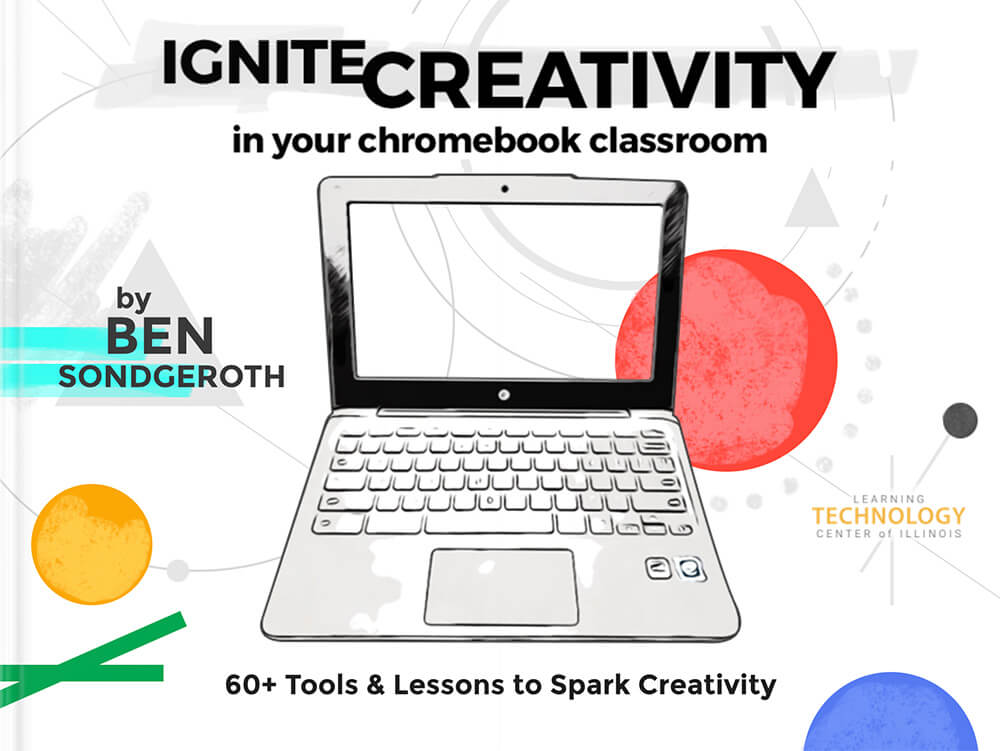Create books that focus on interviews and portraits to help connect students to other people and cultures.
Our world has changed a lot since I started teaching over 20 years ago. Looking back, the skills, concepts, and projects I once assigned to my students seem naive and almost irrelevant in the face of some of the huge challenges our world faces today. Most of us are unequipped to tackle racism, climate change, or social justice in meaningful ways, or are reluctant to address these issues for fear of a backlash from community members and politicians.
So what can we do to create a culture of acceptance and help our students learn to be productive global citizens?
Change starts with empathy
Change starts with empathy—seeing the world through someone else’s eyes. The good news is that most of us already do this in our classrooms. It’s a skill familiar to language arts teachers who discuss voice, character, and impact on an audience. Science teachers encourage kids to solve problems by looking at them from new perspectives. And STEM classes use a design thinking process that considers the needs of others when they create projects.
There’s no better way to start the journey toward empathy than having conversations with people who are different from you, and to find out, if even for a moment, what it’s like to walk in their shoes. I’ve had great success with this by having students produce documentaries, which give a purpose to the conversations as interviews, and also helps them process and reflect on these conversations as they edit their projects.
Book Creator is another great way to facilitate cultural dialogue and build empathy by providing students a space to collect conversations and reflect on their findings. Students can do this individually, or use collaboration features to have multiple students co-author a single book that can be published publicly for anyone to read.
Interviews
Interviews are a great way to facilitate conversations—and practice inquiry-based learning. Make this a two-way conversation, rather than an interrogation. Have students work together to develop questions using these guidelines:
- Refine a list of topics or situations you are curious about, a story you feel you need to tell, or a story that others need to hear.
- Determine who you want to interview and why. How does this person bring a new perspective to the conversation or provide an underrepresented voice?
- Ask open-ended questions that can’t be answered with ‘yes’ or ‘no.’
- Use questions/prompts that evoke colorful, personal stories, like ‘tell me a time when…’ or ‘what would you say to someone who___?’

Include photography
One of my favorite empathy-building projects is to have students take portraits of others. It’s an activity that requires a lot of trust, and brings kids together over a shared purpose. I like to integrate interviews prior to the photo shoot, much like Humans of New York, which results in a much more enriching experience, and makes the process more of an exchange of ideas, rather than having students swoop in to ‘take’ a photo and run.
When they’re finished, have students embed the media into a book, and use text to include the best quotes, personal reflections from the interview process, or both.

Best practices
Establishing norms and expectations for these kinds of projects is critical to their success and to avoid situations that might exoticize students from underrepresented groups. Create a cultural norm that revolves around informal conversations, deep reflection, and inquiry.
- Design questions that facilitate listening, like “What am I missing?” or “What do you want others to know about____?”
- Design questions that highlight successes and cultural pride, not just victimization or suffering, such as “What are you most proud of?” “Where do you see yourself in 10 years?”
- Misrepresentation is the norm for many BIPOC, LGBTQ or immigrant students. Before publishing, share images or recordings students make with their interview partners to make sure they’re comfortable with how they’ll be represented and so they can ensure accuracy.
- Consider pairing students from similar cultures or backgrounds for one project, then repeat the project with partners from outside those groups. Debrief with students on how the experiences were different.
Publishing your book
Projects like this can be intimate and personal, so you might not want to publish them globally. But doing so can also be a great opportunity for others outside your learning space to hear these stories, and inspire them to engage in similar dialogues in their own schools.
How to publish your book with Book Creator
Other Resources
Art of the Video Interview - Tips and resources for developing interview questions, and recording video interviews
Guide to producing student digital storytellers - An article published by the author in EdSurge
Take Action Global - A non-profit helping teachers and students combat the climate crisis.
Michael is an award-winning teacher, author, and international speaker in Los Angeles whose work focuses on digital and civic literacy, social justice, and student-centered learning experiences. His new book about authentic learning, Storytelling With Purpose: Digital Projects To Ignite Student Curiosity, leverages student passion to solve some of the biggest challenges educators face, like low student engagement and artificial intelligence. He is a Book Creator Ambassador, and the author of Book Creator for the High School Classroom. Find out more about Michael on his website.








